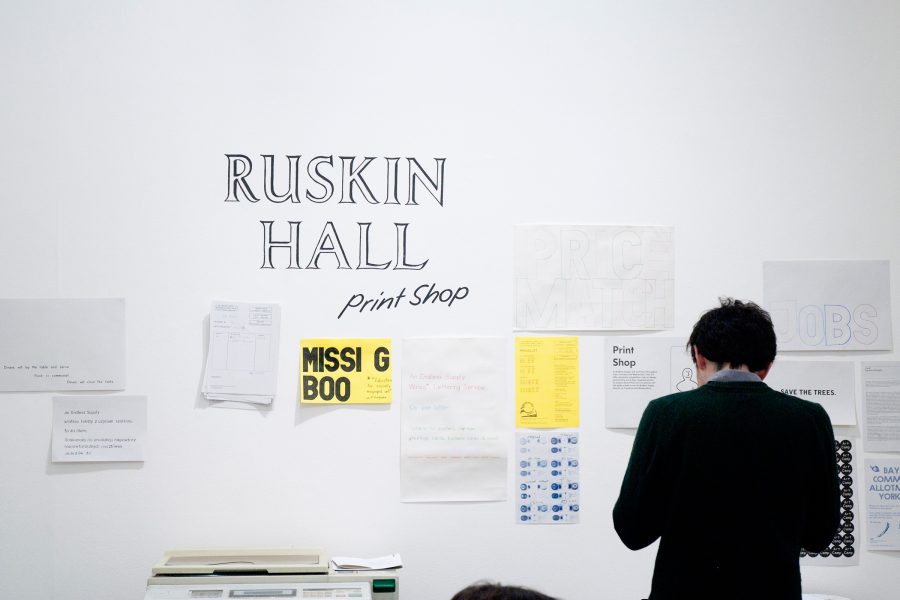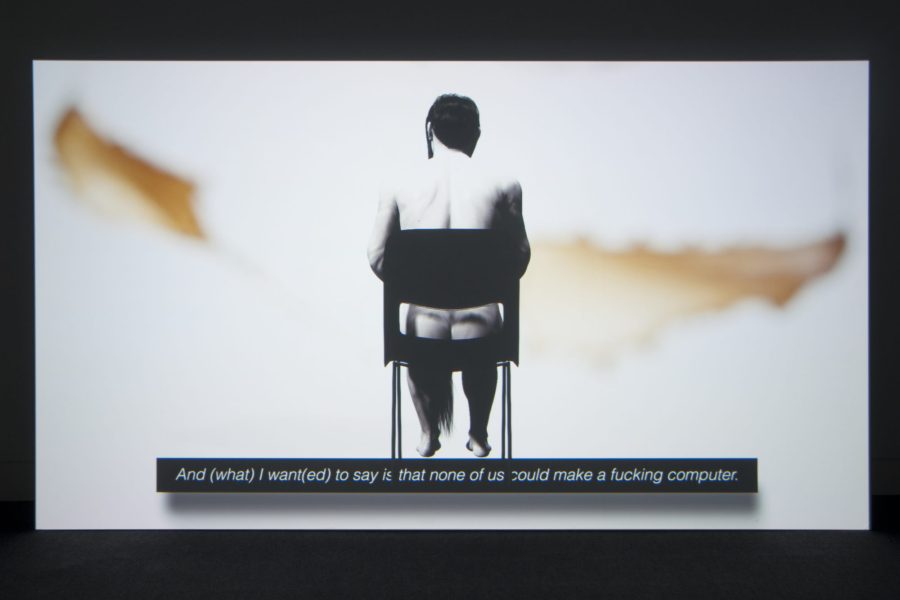 With Tomorrow Never Knows now closed, I asked Steven Bode, Director of Film and Video Umbrella, a few final questions.
With Tomorrow Never Knows now closed, I asked Steven Bode, Director of Film and Video Umbrella, a few final questions.
How long have you been Director of Film and Video Umbrella?
Since 1992.
What were the greatest challenges then as compared to now for artists working with moving image?
In the early Nineties, the challenge was in making the claim that a uniquely special and distinctive artistic medium had definite mainstream potential. These days, it’s about making the argument that there are people working in a medium that’s increasingly mainstream that still have something uniquely special and distinctive to say… Which, of course, they do!
What was the last exhibition you saw that really blew you away?
Christian Marclay’s The Clock. An obvious one, I guess. For me, it’s the Sistine Chapel of artists’ moving image. It sets an incredibly high standard. We all need to set our watches by it…
How did the partnership with Jerwood Visual Arts come about?
We had been wanting to work together on a project for a while. Jerwood, as you know, run a series of high-profile artists’ awards (Drawing, Painting etc) but they had not had an equivalent platform for artists working in film and video. While adding a moving-image award to that roster was timely (and overdue), there was a feeling that we should try and give it an extra, distinctive twist. For a start, we felt that the initiative should have a two-year cycle, encompassing development and production, and moving from a prototype/pilot stage to subsequent, more ambitious commissions; this being more representative of the longer time-frames, and the more collaborative process, in which artists generally make moving-image work. Given that emphasis on development, we also thought it would be interesting that the artists evolved their ideas in response to a theme, however loose. Which is where Tomorrow Never Knows came in: the idea of a showcase of prospective future talents speculating on what futurity might mean today…
If you cast your mind back, what do you remember of the four projects that were shortlisted?
They were all very different, but all very strong, which helped give an insight into the different types and styles of moving-image work being produced right now. The panel that selected them, from what was an equally strong long-list, were intrigued by the way the artists’ proposals engaged with our theme, but impressed all the more by the fact that all four artists had something very distinctive and individual to say, and an incredibly polished and articulate way of expressing and executing it.
Could you say something about what the ‘development award’ entailed for Ed Atkins and Naheed Raza?
All four short-listed artists (Ed Atkins, Naheed Raza, Emma Hart and Corin Sworn) received a development award of £4,000 (plus production support from Film and Video Umbrella) that they could put towards a ‘prototype’ or ‘pilot’ of the ‘work for the future’ they were proposing to make. These pilot pieces were actually all fairly substantial, and nicely resolved, whilst leaving scope to be continued later. Naheed’s early piece for the first iteration of Tomorrow Never Knows was, in effect, superseded by a longer, and more detailed, documentary overview of the phenomenon of cryonics (and its adherents); the ‘pilot’ project being, in retrospect, a dry-run, or more of a sketch, for what became the final commission. In Ed Atkins’ case, his ‘pilot’ film, Material Witness (or A Liquid Cop) seems more of a companion work to the commission, Warm, Warm, Warm Spring Mouths. There is a similar aesthetic and narrative evolution there, but also a sense that you are watching Parts One and Two of an unfolding series.
What do you look for in the artists of tomorrow?
Staying power. Initiatives like The Jerwood/Film and Video Umbrella Awards need to speak to the zeitgeist, and reflect the state-of-the-art in the here-and-now. But you are also looking for something that goes beyond that, in some way. One of the subtexts of Tomorrow Never Knows is that history is littered with false dawns, with tomorrows that never quite happened, and also with future stars whose light once burned bright but which sometimes faded equally quickly. All of those initial four artists (and especially Ed and Naheed) felt like talents that were absolutely blazing a trail in the present, but who would also be around for a long time into the future. You never know, of course… But I think we’ll be proved right…

